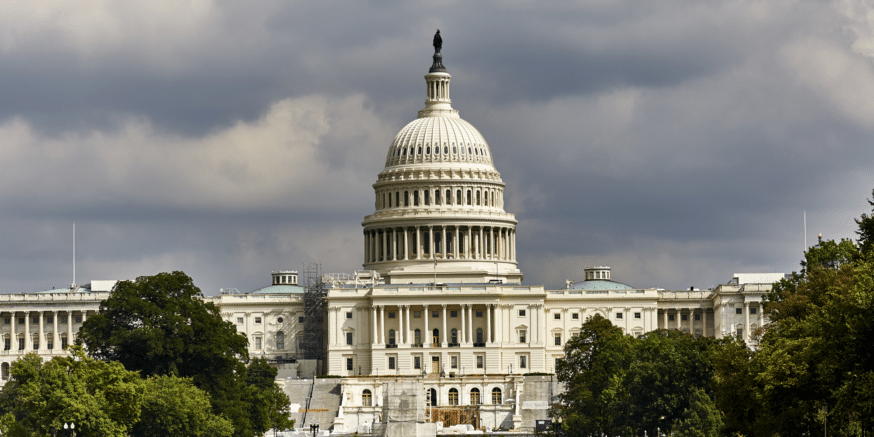TLDR
- US Senate Republicans released a draft crypto market structure bill that builds on the House-passed CLARITY Act
- The Senate bill introduces new definitions for “ancillary assets” – digital assets that aren’t securities but are sold with securities
- The draft allows issuers to self-certify their assets with SEC having 60 days to reject if they resemble securities
- Both SEC and CFTC would engage in joint rulemaking for certain crypto market activities like portfolio margining
- Public comment period runs until August 5, with lawmakers seeking industry input on the 35-page draft
US Senate Republicans have released a discussion draft of crypto market structure legislation that expands on the Digital Asset Market Clarity Act passed by the House of Representatives last week.
Four Republican senators, including Banking Committee Chair Tim Scott and Digital Assets Subcommittee Chair Cynthia Lummis, published the 35-page draft on Tuesday. The lawmakers said their bill builds on the CLARITY Act, which passed the House on July 17 with bipartisan support.
“My colleagues in the House and Senate and I share the same goal: provide clear rules of the road for digital assets,” Scott said in a statement. The senators previously announced plans to pass their market structure bill before October.
The Senate draft introduces new regulatory frameworks that differ from the House version. The bill creates definitions for digital assets that are not securities and directs the Securities and Exchange Commission to write new rules exempting these assets from existing regulations.
Key Differences from House Bill
The Senate bill focuses heavily on “ancillary assets,” which are defined as digital assets sold alongside securities through investment contracts. These ancillary assets would not grant financial rights to their owners.
This definition does not appear in the House CLARITY Act. The Senate version allows issuers to self-certify that their ancillary assets do not provide rights similar to regular securities.
Under the draft, the SEC would have 60 days to review and potentially reject these self-certifications if the assets resemble securities. The bill also directs both the SEC and Commodity Futures Trading Commission to engage in joint rulemaking for certain crypto market activities.
Portfolio margining represents one area where the agencies would collaborate under the proposed legislation. Both bills amend disclosure requirements under the Securities Act of 1933, suggesting current laws need updates for digital assets.
Industry Input Sought
The senators published dozens of questions seeking public input on various aspects of their draft. These questions cover topics including ancillary asset definitions, disclosure requirements for issuers, and treatment of intermediaries.
Industry participants and the public have until August 5 to submit responses. The lawmakers want feedback on whether the ancillary asset definition proves useful and what information issuers should disclose.
“Market structure legislation will establish clear distinctions between digital asset securities and commodities, modernize our regulatory framework, and position the United States as the global leader in digital asset innovation,” Lummis said.
The CLARITY Act passed the House with support from more than 70 Democrats joining Republicans. However, any changes to the bill’s wording in the Senate could spark new debates in Congress.
Republicans hold a slim majority in the Senate, making passage uncertain. The draft follows principles released by the Senate Banking Committee last month that Scott said would serve as a baseline for the legislation.





